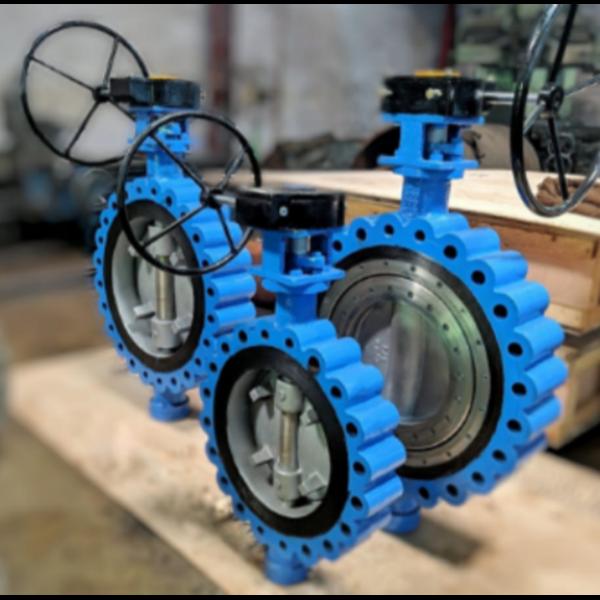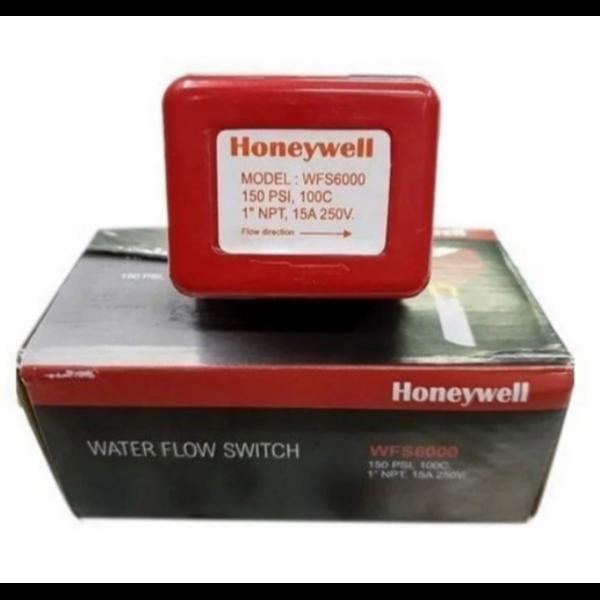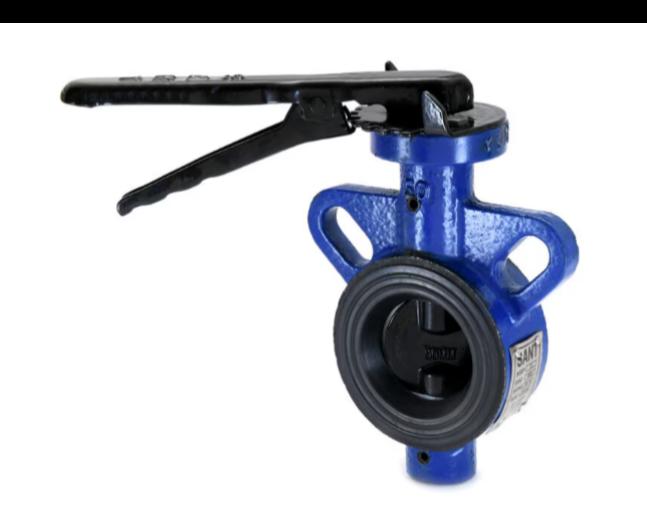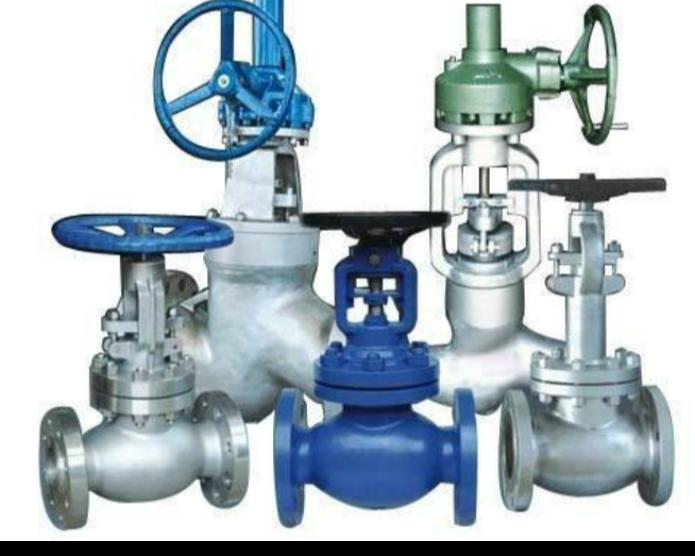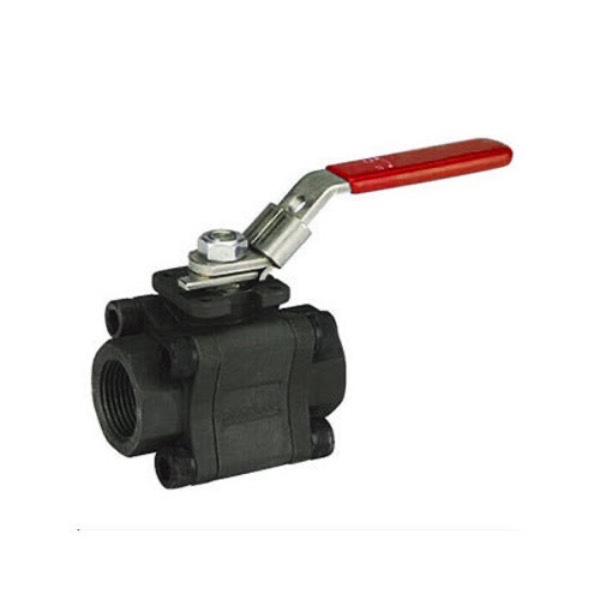
What is a Full Bore (or Full Port) Ball Valve?
'Full bore' (also known as 'full port') refers to a ball valve design where the internal bore (the opening through the ball) has the same diameter as the connecting pipeline. This means that when the valve is fully open, there is no reduction in the flow area, creating an unobstructed path for the fluid.
Key characteristics and advantages of full bore ball valves:
Minimal Pressure Drop: Because there's no reduction in flow area, full bore valves cause very little pressure drop across the valve, making them ideal for applications where maintaining consistent flow and pressure is critical.
High Flow Capacity: They allow for maximum flow rates through the pipeline.
Pigging Compatibility: The unobstructed flow path makes them suitable for 'pigging' operations, where a device (a 'pig') is sent through the pipeline for cleaning or inspection.
Reduced Cavitation: Less turbulence in the flow path reduces the risk of cavitation, which can damage valve components over time.
Cost: Generally more expensive than 'reduced bore' (or 'reduced port') ball valves of the same connection size, due to the need for larger materials for the body and ball.
Size and Weight: They tend to be larger and heavier than reduced bore valves.
Marck Full Bore Ball Valves
Marck, through its various entities like Hawa Engineers Ltd. (who manufactures under the 'MARCK' brand) and Marck & Care Engineers Ltd., offers a range of full bore ball valves.
You'll find Marck full bore ball valves in various materials, most commonly:
Stainless Steel (SS): Such as SS 304 (CF8) and SS 316 (CF8M/CF3M). These are excellent for corrosive environments, hygienic applications, and where chemical resistance is required.
Carbon Steel (CS) / WCB: Suitable for general industrial applications where corrosion isn't a major concern but strength and pressure handling are important.
Cast Iron (CI) / Mild Steel (MS): For less demanding applications, typically in water or low-pressure systems.
Common Features and Specifications of Marck Full Bore Ball Valves:
Design: Often available in 2-piece and 3-piece designs. 3-piece designs are popular for their ease of in-line maintenance, as the body can be removed without disturbing the pipe connections.
End Connections:
Flanged End: Common for industrial applications where secure, robust, and often higher-pressure connections are needed. They comply with standards like ASME B16.5.
Screwed End (Threaded): For smaller sizes and lower pressure applications (e.g., NPT, BSPP, BSPT).
Socket Weld / Butt Weld: For permanent, high-integrity connections, often used in high-pressure or critical service applications.
Pressure Rating: Marck full bore ball valves are manufactured to various pressure classes, including:
ASME Class 150#, 300#, 600#, and even higher (up to 2500# for some valve types).
PN ratings (e.g., PN10, PN16, PN40, PN64) as per European standards.
Size Range: They offer a wide range of sizes, from small (e.g., 1/2 inch or 15mm) up to very large industrial sizes (e.g., 56 inches or even 2700 NB for some valve types).
Operation: Available with manual operation (lever or gear operated for larger sizes) or actuated (pneumatic, electric, or hydraulic for automated control).
Standards: Manufactured to comply with international standards such as API 6D, API 608, ASME B16.34, BS 5351, ISO 1721, etc., ensuring quality and compatibility.
Applications: Due to their ful

